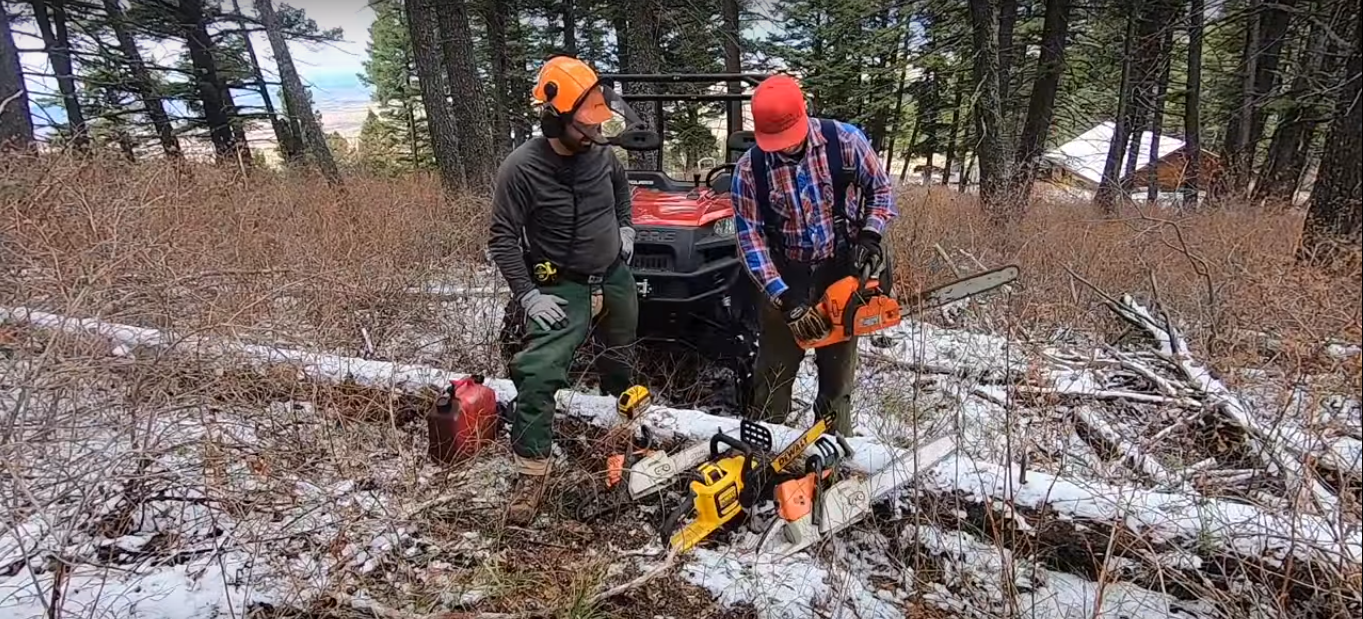
G’day, fellow Australian dog lovers! We all adore our furry companions and want to ensure their happiness and well-being. As responsible pet owners, it’s essential to understand our dogs’ communication cues, especially when they are feeling distressed or anxious. Dogs, like humans, experience emotions, and learning to read their distress signals can lead to a happier and healthier bond with our four-legged friends.
Canine Communication: Unraveling the Mystery
Dogs communicate through a combination of body language, vocalizations, and behavior. Understanding these cues can help us grasp their emotional state. Common signs of distress include panting, whining, hiding, excessive licking, and pacing. Paying attention to these signals is the first step in addressing your dog’s well-being.
Deciphering Body Language
Our canine friends often rely on body language to express themselves. Look for signs like flattened ears, a tucked tail, or a hunched posture as they may indicate fear or anxiety. On the other hand, a wagging tail doesn’t always mean happiness; it could signify excitement, nervousness, or even aggression depending on the context. Take time to observe your dog’s body language to understand their emotions better.
Vocal Clues: Barks and Whines
Dog owners are no strangers to barks and whines, but these vocalizations carry meaning too. High-pitched whining might signal discomfort or a need for attention, while low, growling sounds could indicate fear or aggression. Pay attention to the pitch and intensity of their vocalizations to gauge their emotional state.
Pacing, Restlessness, and Destructive Behavior
Is your pooch pacing back and forth or engaging in destructive behaviors like chewing furniture or excessive digging? These actions often arise from stress or boredom. Identifying the root cause can help address their distress effectively.
Dog Anxiety Treatments: A Calmer Canine
When your dog displays distress signals regularly, it might be experiencing anxiety. Anxiety in dogs can stem from various factors, including separation anxiety, fear of thunderstorms, or social anxiety. Help your furry friend overcome anxiety with effective and compassionate dog anxiety treatments.
Creating a Safe Haven
A secure and comforting environment can do wonders for an anxious dog. Create a designated space within your home where your furry friend can retreat to when feeling overwhelmed. This sanctuary should be cozy, quiet, and filled with familiar scents.
Regular Exercise: A Happy Tired Dog
Just like us, dogs benefit greatly from regular exercise. Physical activity releases endorphins, which elevate their mood and reduce stress. A daily walk or playtime in the park can help keep anxiety at bay.
Engage the Mind: Mental Stimulation
Stimulating your dog’s mind is as crucial as physical exercise. Treat-dispensing puzzle toys, interactive games, and training sessions can keep their minds occupied and reduce anxiety.
Consistency and Routine
Dogs thrive on routine and predictability. Stick to a consistent schedule for feeding, walks, and playtime. Knowing what to expect helps reduce uncertainty and anxiety.
Seek Professional Guidance
If your dog’s distress signals persist or worsen despite your efforts, seeking professional help is the right step. Veterinarians and certified dog behaviorists can provide tailored guidance and solutions for your furry friend’s specific needs.
A Closer Bond Through Understanding
By deciphering your dog’s distress signals, you demonstrate your commitment as a responsible pet owner. Understanding their emotions enables you to respond appropriately, fostering a stronger and more profound bond with your furry companion. With the right approach and a loving heart, you can help your dog overcome anxiety and create a happier, stress-free life for both of you.
So, let’s listen, observe, and respond to our dogs’ needs with compassion and care. After all, a happy and contented dog makes for a delightful and cherished member of the family. Happy dog parenting, mates!

